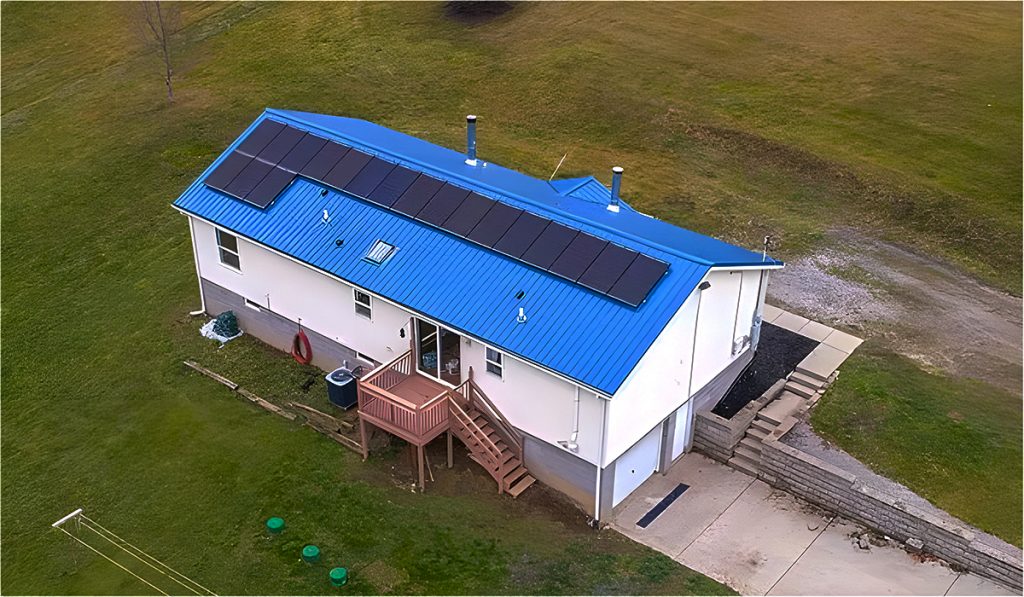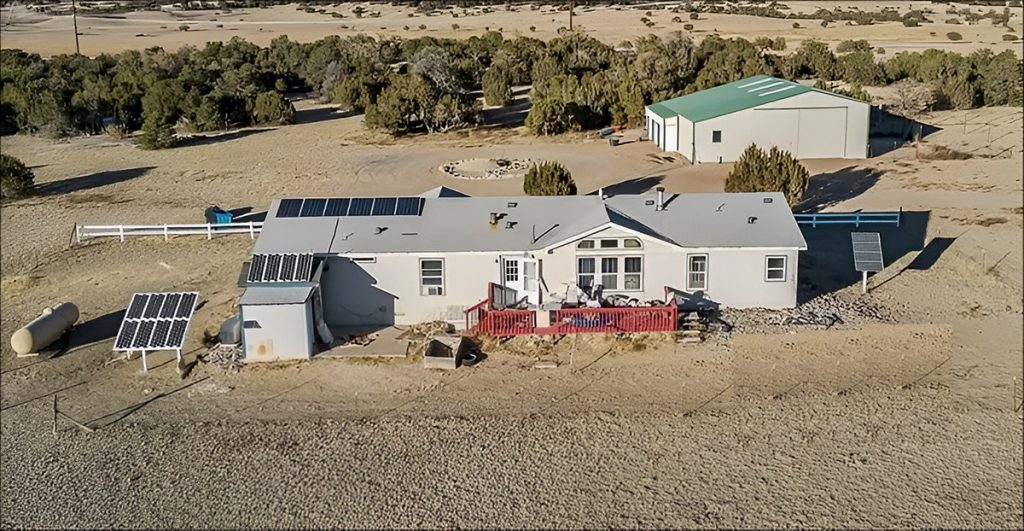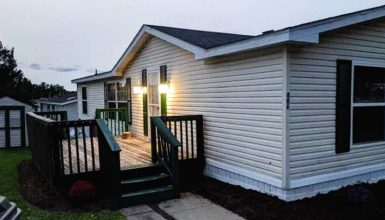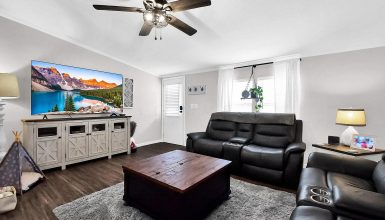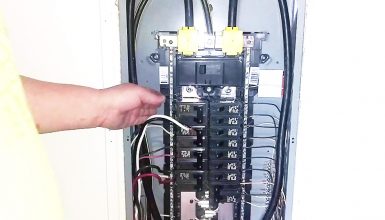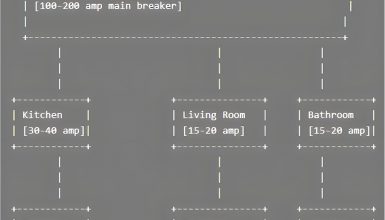Transitioning to solar is smart, offering environmental and financial benefits. But the critical question remains: How many solar panels does it take to power a mobile home effectively? The answer isn’t one-size-fits-all. It hinges on several factors, such as your energy usage, the size of your mobile home, and the efficiency of the panels you choose. Don’t worry, though! We’ll guide you through the process, ensuring you make an informed decision tailored to your needs. Let’s dive in!
Understanding Your Energy Needs
Let’s get down to business and determine how much energy your mobile home uses. This step is super important because it sets the stage for everything else. Think of it as your solar journey’s starting point!
1. Calculating Your Energy Consumption
First things first, let’s talk numbers. How much energy are you using in your mobile home? It’s not just about counting light bulbs, though. We must consider everything that uses power – from your fridge to your phone charger. A great way to start is by looking at your electricity bills over the past few months. They’ll give you a good idea of your average monthly usage, measured in kilowatt-hours (kWh).
2. What’s Eating Your Energy?
Every appliance and device in your home has its energy appetite. Some, like your air conditioner or heater, might be real energy hogs, especially in extreme weather. Others, like your LED lights, are more like light snackers. It’s a mix-and-match situation. And remember, the age and efficiency of your appliances matter, too!
3. Size and Layout Matter
The size of your mobile home plays a big role. A compact space might need less energy compared to a larger one. But it’s not just size; it’s how you use it. Got a gadget-filled living area? Or maybe a home office setup? These things add up.
4. Climate Counts
Your location’s climate can have a big impact on your energy needs. Your air conditioning might work overtime if you live in a hot area. In cooler regions, it’s all about heating. And let’s not forget about natural light – it can reduce the need for artificial lighting during the day.
By understanding these aspects, you’re laying a solid foundation. Knowing your energy needs is crucial before we jump into the world of solar panels. It’s like knowing the size of your backpack before a hike – essential for a comfortable and efficient journey!
Calculating the Number of Solar Panels Required
So, you’re ready to figure out the magic number of solar panels for your mobile home? Awesome! This part is like putting together a puzzle – a bit of math, some facts about your home, and voilà! Let’s break it down into simple steps.
1. Know Your Energy Consumption
Remember that average monthly energy usage in kWh from your bills? That’s your golden number. Keep it handy!
2. Understand Solar Panel Output
Solar panels have a ‘wattage’ rating that tells you how much power they can produce under ideal conditions. Common panel sizes range from 250 to 400 watts. However, remember that output depends on factors like sunlight and panel efficiency.
3. Crunching the Numbers
Here’s the fun part – some simple math!
Step 1: Divide your monthly kWh usage by 30 to find your daily average.
Step 2: Determine the average number of sunlight hours your location gets. You can do this with a quick online search.
Step 3: Divide your daily kWh by the average hours of sunlight. This gives you the kWh needed per hour.
Step 4: Finally, divide this number by the wattage of the solar panel you’re considering. This will provide you with the number of panels you need.
Example Calculations:
- Scenario A – The Efficient Home: Let’s say you use 300 kWh per month and get about 5 hours of sunlight daily. With 300W panels, you’d need about 6 panels.
- Scenario B – The Power-Intensive Home: If you use 600 kWh per month and have the same number of sunlight hours, you’d need around 12 of those 300W panels.
- Scenario C – The Minimalist: Only using 150 kWh per month? You might get away with just 3 panels!
There you have it – a step-by-step guide to figuring out your solar panel needs. It’s a mix of understanding your energy habits and a little bit of solar savvy.
Factors Influencing Solar Panel Efficiency
Now that we’ve got a handle on how many solar panels you might need let’s talk about what can affect their efficiency. It’s not just about the number of panels; it’s also about getting the most out of them. Location, sun exposure, seasons, and how you set them up are key players in this game. Let’s dive in!
1. Geographic Location and Sun Exposure
Think of your solar panels as sunbathing. Just like some spots on the beach get more sun than others, the same goes for where you live. If you live in sunny Arizona, your panels will soak up more sun than in often-cloudy Seattle. This doesn’t mean solar panels aren’t feasible in less sunny areas; they might just need more surface area to catch enough rays.
2. Seasonal Changes
Seasons change, and so does your solar panel’s performance. In summer, you have longer days and more direct sunlight – it’s a dream season for solar panels! But in winter, with shorter days and the sun at a lower angle, your panels might not catch as many rays. And if snow covers your panels, they can’t do their job at all. It’s like putting a blanket over them.
3. Tilt and Orientation
The angle and direction of your solar panels make a huge difference. It’s like adjusting a satellite dish to get the best TV signal. Ideally, you want your panels tilted to catch the most sunlight throughout the day. In the Northern Hemisphere, facing them south is usually your best bet. The tilt angle can match your latitude for a good year-round performance. A steeper tilt is better in winter, while a flatter angle works well in summer. It’s all about finding that solar sweet spot.

